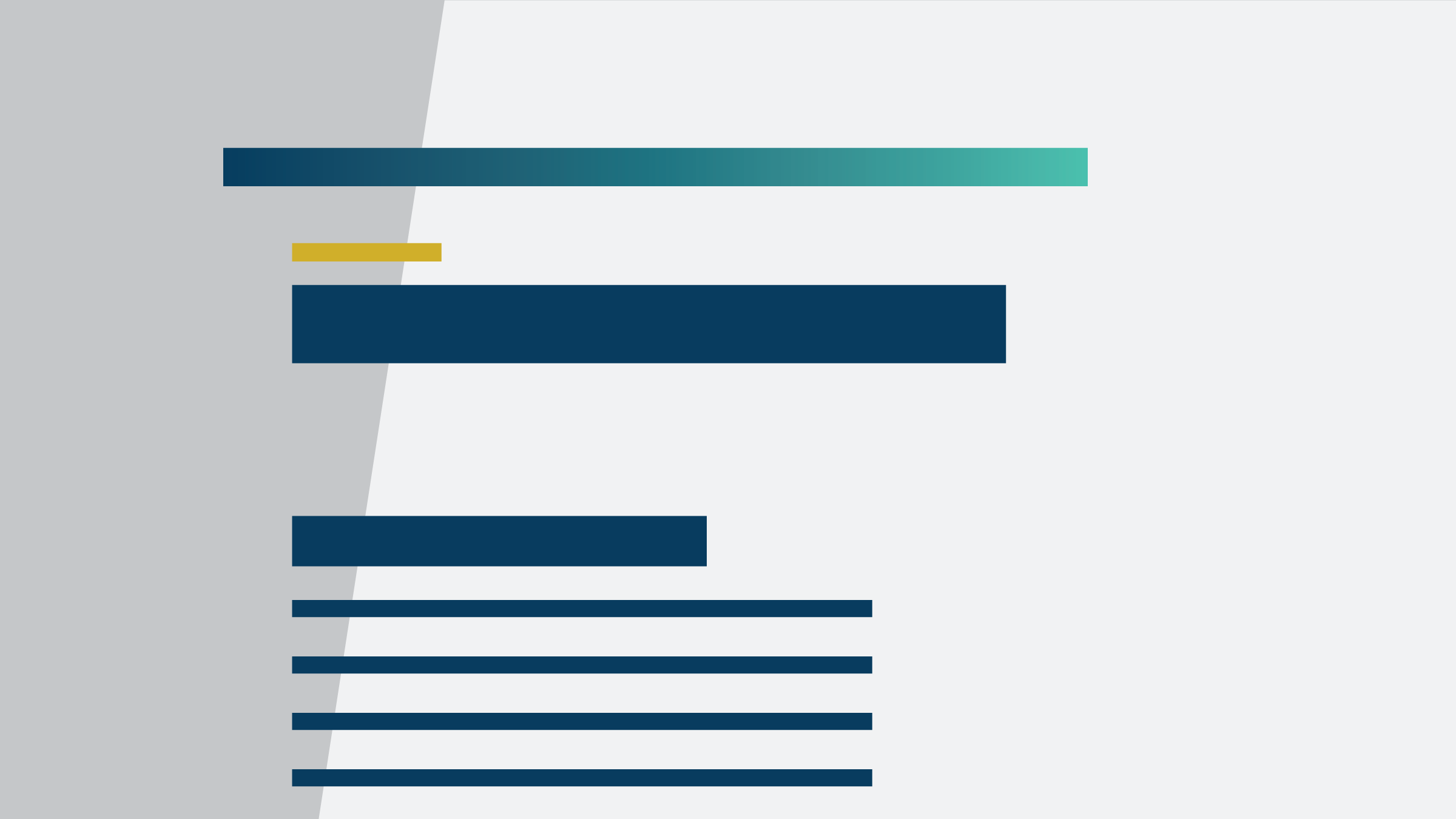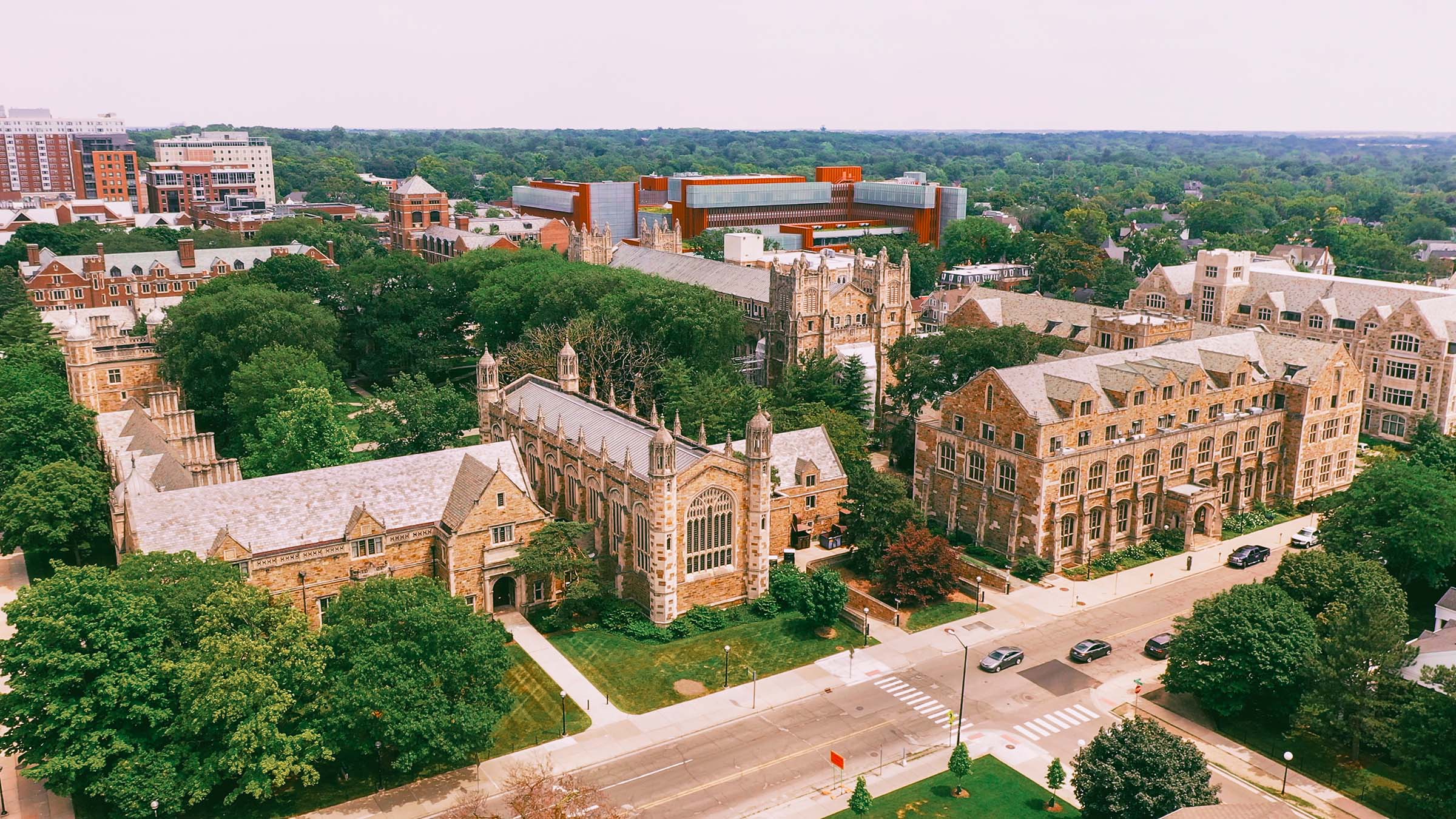Each year, the roughly 300 graduates of the Indian Institute of Technology Ropar in Punjab, India, have a big decision to consider: stay or go?
Many likely set their sights on the United States, where 2.7 million Indian nationals were living and working in 2020—a 53 percent increase since 2010 and more than double from 2000. Another 2 million Indians work in the United Kingdom, Canada, and Australia. While many Indians immigrate to the Middle East for lower-skilled jobs, the flow to the U.S. and other developed countries draws from India’s best and brightest—a “brain drain” that shapes economic outcomes on both ends.
Graduates of IIT Ropar are not just among the best of India. They could be the most promising students on the planet—at least, as measured by their earning potential. Indian technical schools emerge as 10 of the top 20 undergraduate schools in “The Global Distribution of College Graduate Quality,” a working paper from the Minneapolis Fed (see table).
| Rank | College | Country |
|---|---|---|
| 1 | Indian Institute of Technology, Ropar | India |
| 2 | International Institute of Information Technology, Hyderabad | India |
| 3 | Keio University | Japan |
| 4 | Indian Institute of Information Technology, Allahabad | India |
| 5 | Indian Institute of Technology, Delhi | India |
| 6 | Aoyama Gakuin University | Japan |
| 7 | Olin College of Engineering | USA |
| 8 | Indian Institute of Technology, Guwahati | India |
| 9 | The University of Tokyo | Japan |
| 10 | University of Pennsylvania | USA |
| 11 | University of Basel | Switz. |
| 12 | Indian Institute of Technology, Kharagpur | India |
| 13 | Indian Institute of Technology, Roorkee | India |
| 14 | Sophia University | Japan |
| 15 | Samuel Merritt University | USA |
| 16 | Emory University | USA |
| 17 | Indian Statistical Institute | India |
| 18 | Indian Institute of Technology, Patna | India |
| 19 | Indian Institute of Technology, Kanpur | India |
| 20 | Chuo University | Japan |
Source: "The Global Distribution of College Graduate Quality." Graduate earnings data from Glassdoor; earnings adjusted for inflation and purchasing power parity.
To create a standardized, cross-border measure of “quality” of students based on their alma maters, Minneapolis Fed Senior Research Economist Todd Schoellman (with co-authors Paolo Martellini and Jason Sockin1) taps a massive international database from the career site Glassdoor. The database provides them with earnings and detailed résumés for more than 2 million workers.
These workers include 76,000 people who have worked in at least two countries. These migrants are the crucial ingredient that lets the economists control for the effects of each country’s labor market. This lets them generate an unprecedented, apples-to-apples comparison of nearly 3,300 colleges in 66 countries around the world—based upon the earning power of their former students.
What the data say about the best colleges (and what they don’t)
Even among economists, Schoellman says most people’s understandable impulse is to scrutinize the list of the top schools (and, naturally, to look for their own). He would rather readers not dwell overly on specific rankings. Like other college-scoring systems, whether a school is No. 1 or No. 20 is highly sensitive to the weights of the parameters. The results are also fluid, with hundreds of thousands of new observations from Glassdoor every six months. (IIT Ropar might not retain its first-place bragging rights for long.)
However, broader trends in the initial rankings offer powerful insights.
“If you look at conventional college rankings, they are heavy on famous, name-brand, developed-country colleges,” Schoellman said. Many of those schools do turn up in the top 100—though some alumni might wince at their positions, such as Stanford (No. 61), Yale (No. 66), and Princeton (No. 74).
“But what we find is that technical schools from around the world do surprisingly well,” Schoellman said. “Liberal arts colleges from the U.S. do very well. And developing-country colleges, the very best ones, do better than most other rankings would imply.”
Aside from the dominance of Indian technical schools, top Japanese universities are prominent in the top ranks. No Chinese colleges make the top 100; neither does Oxford or Cambridge. Among U.S. schools, the military academies make a strong showing, as do some specialty colleges most Americans have likely never heard of, such as Samuel Merritt University (health care–focused), the St. Louis College of Pharmacy, and the Olin College of Engineering—currently the top-ranked U.S. school at No. 7.
Schoellman makes the full college list available on his website. But before eager parents start employing this Federal Reserve working paper as a college guide, some caveats are essential. Importantly, “this is not a value-added measure” of the colleges, said Schoellman. It does not separate the effects of the school’s education from the qualities of the students who enroll there. Admissions practices and self-sorting by prospective students also shape the observed outcomes for graduates.
Schools that prepare students largely for more-lucrative STEM fields (science, technology, engineering, and math) have a natural leg up in this system. As extensive as it is, the Glassdoor data has limitations. Earnings are self-reported; some alumni might use Glassdoor more than others, and Glassdoor disproportionately contains workers in the technology sector.2 Some colleges are missing from the analysis so far because not enough of their graduates have provided complete résumés to meet thresholds set by the researchers.3
Graduate “quality” in this context also has a specific, limited meaning: income. “The technically precise definition is that we are estimating and ranking colleges on what we think their graduates would earn if we could see them in a common labor market,” said Schoellman. How much money you make is one outcome that researchers can quantify and—thanks to those multi-country earners in the data—normalize to a common measure. However, it is admittedly not the full picture of a college education.
Global brain drain worse than we thought
While these rankings aren’t well-suited for college-shopping, they could be useful for employers and recruiters sifting through graduates of thousands of colleges from around the world. The rankings offer a reminder that name recognition is a far-from-perfect signal about the quality of a school, and that many international institutions more than hold their own against the best U.S. colleges.
For policymakers and researchers, the findings show a more complete portrait of the brain drain from poorer to richer nations. Although there are standout schools from less-developed countries, the college-quality rankings confirm that richer countries, on the whole, produce higher-quality graduates (Figure 1). The best schools in richer countries are, on average, 51 percent higher quality than the best schools in poorer nations.
Atop this domestic advantage, the economists also document—for the first time, they believe—that these richer countries siphon the highest-quality college graduates from foreign countries as immigrants (Figure 2).
“Everybody knows that developing countries are losing a higher share of their college graduates,” said Schoellman. “This allowed us to put a number on what high earners those graduates are.”
The people who migrate earn, on average, 50 percent more than the non-migrants—and that is before they emigrate. “The migrants are much higher earners, so the human capital loss at that moment is larger than what most people have estimated,” Schoellman said. The true extent could be even worse than the researchers calculate, since the Glassdoor data is thin on workers from the most impoverished nations.
These talent flows produce a policy conundrum for developing countries. Government investment in higher education produces higher-quality graduates, but these data show higher-quality graduates are much more likely to leave. Some will stay or eventually return home, of course—a complex set of offsetting effects to which this research adds new, quantifiable information.
For developed countries and their employers, the graduate-quality rankings could highlight overlooked parts of the world where they might use immigration policy and other outreach to roll out the welcome mat for more top talent.
Better college, much better earnings
Having established their earnings-based measure of quality, the economists consider the earnings gap for graduates of high-quality schools.
It is substantial. They calculate a 60 percent difference in income between people in their data who attend a top-20 college and those who attend a college outside the top 2,000. By way of comparison, that is a similar magnitude to the reported premium in the United States for having any higher degree (versus a high school diploma).
“The college a person graduates from is not destiny, and in the paper we do show that even graduates of ‘regular’ or ‘bad’ colleges can be quite exceptional in earnings,” Schoellman said. “But on average, the graduates of top colleges do a lot better.”
The economists also test how well their earnings-based measure of quality correlates with other marks of achievement.
“We show that the schools with higher graduate quality have more inventors, more patent-holders, more people who founded or cofounded businesses, more S&P 500 CEOs, more Nobel laureates,” Schoellman said. “This is not a causal statement, but it emphasizes that the graduates of these top colleges do disproportionately go on” to become leaders and innovators—contributing to the economic growth of the countries where they work.
And what about advanced degrees? If, as some have said, a master’s is the new bachelor’s, we might expect this data to show a substantial earnings boost for those extra years of education. The economists have a smaller sample for this question, so the results are less precise; outside the U.S., about a quarter of résumés in the Glassdoor data include a graduate degree.
The additional payoff from those M.S., J.D., MBA, and Ph.D. degrees appears generally much lower than the effect of an undergraduate degree, except for those who attend the best programs. “Where they did their undergraduate [education] has really big effects on the earnings you expect them to get,” Schoellman said. “But outside of the top 50 or so schools, where they went to graduate school does not have a very big effect.”
Normalizing and setting the world’s colleges and college graduates side-by-side provokes a wide range of questions, from the personal (“Where does my school rank?”) to the profound (“What is the meaning of a ‘quality’ education?”). For Schoellman, the most important questions focus on global development.
“What I would like people to take away more than anything else is that there are some developing countries that have excellent colleges, which seems to be important for the ability to adapt technology, innovate, and start businesses. And there are many developing countries that do not,” Schoellman said. “I have a long-term interest in trying to figure out cross-country differences in skills. I really want to know what workers in poor countries are missing, skill-wise, that prevents them from becoming rich.”
Endnotes
1 Martellini, University of Wisconsin-Madison; Sockin, University of Pennsylvania.
2 Glassdoor users upload résumés for recruiting purposes and contribute their own salary data to unlock the ability to see what others in their field make.
3 The economists include colleges with at least 25 graduates with earnings reports in Glassdoor and sufficiently detailed résumé information. Currently missing schools will join the list when their data reaches this threshold.
Jeff Horwich is the senior economics writer for the Minneapolis Fed. He has been an economic journalist with public radio, commissioned examiner for the Consumer Financial Protection Bureau, and director of policy and communications for the Minneapolis Public Housing Authority. He received his master’s degree in applied economics from the University of Minnesota.






